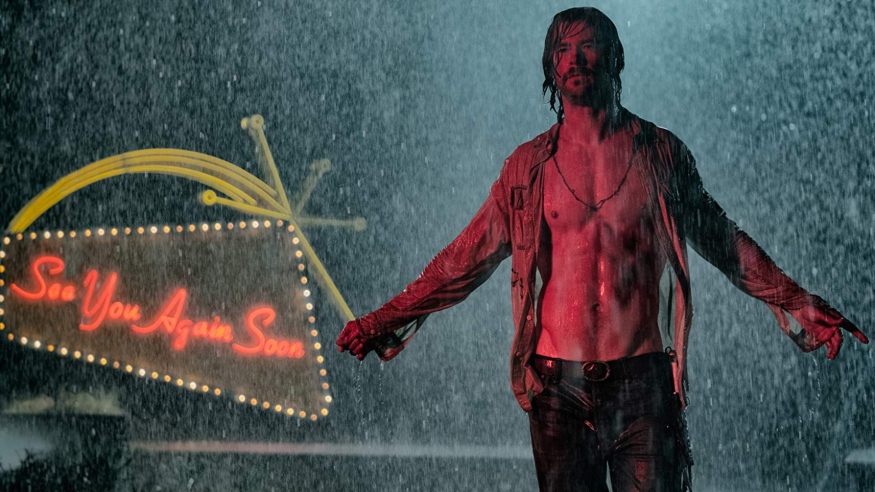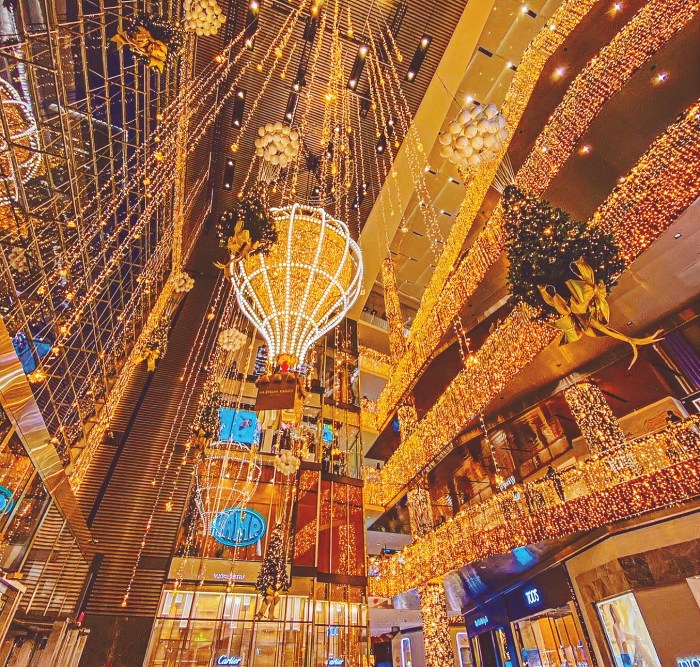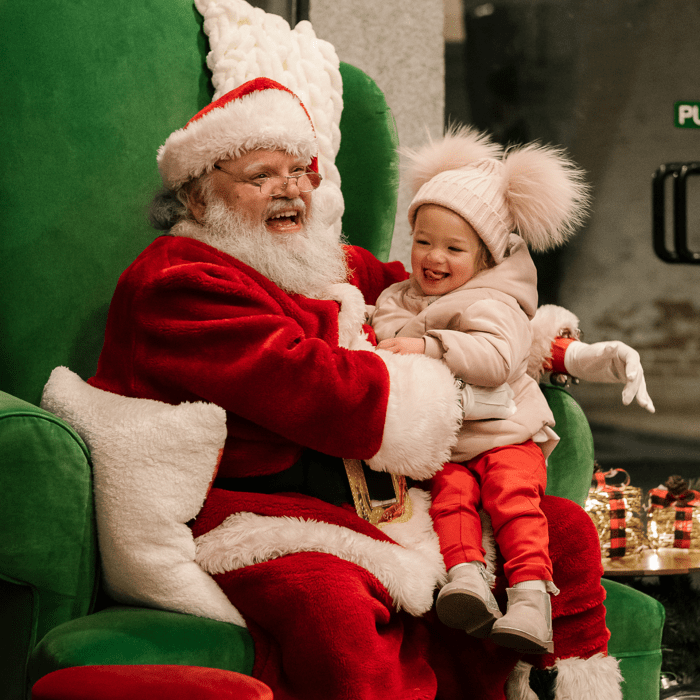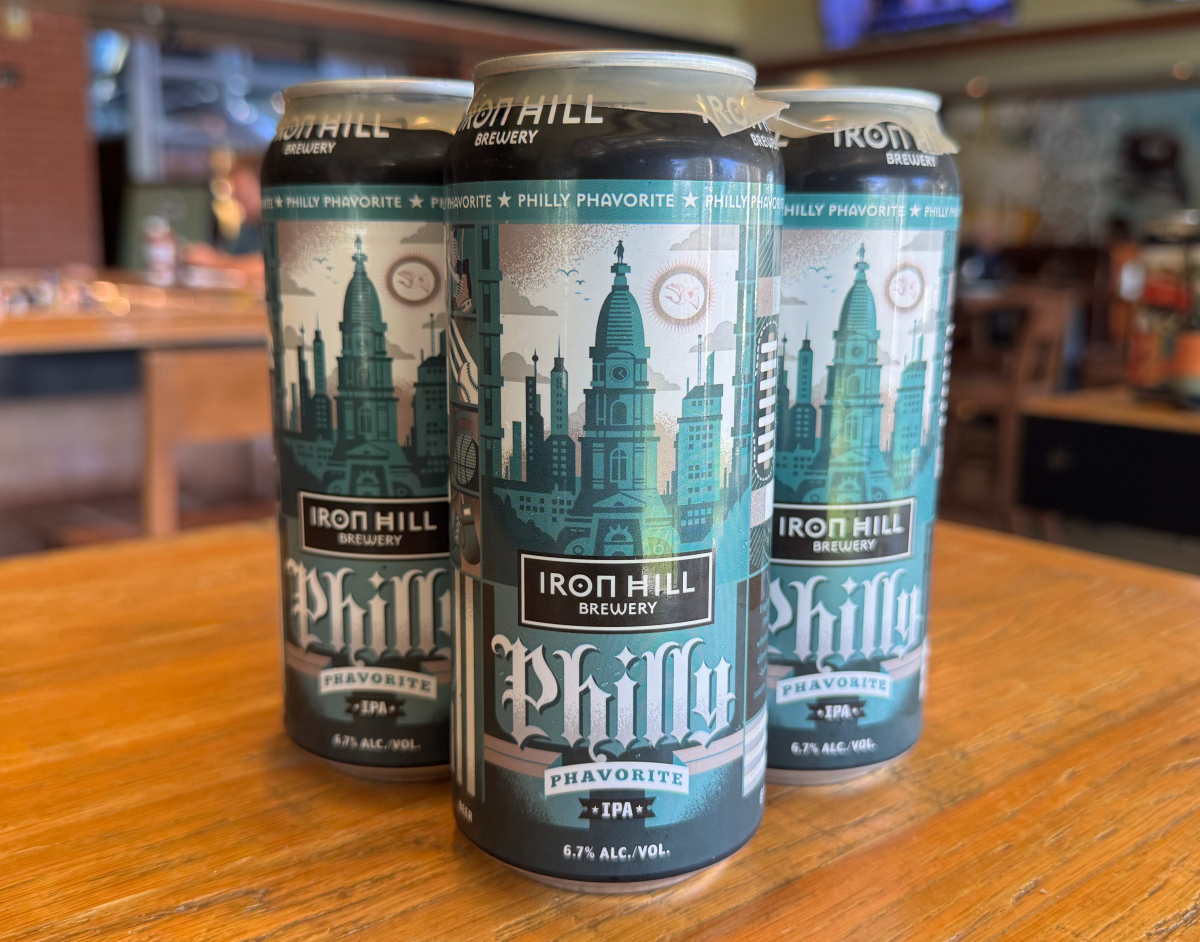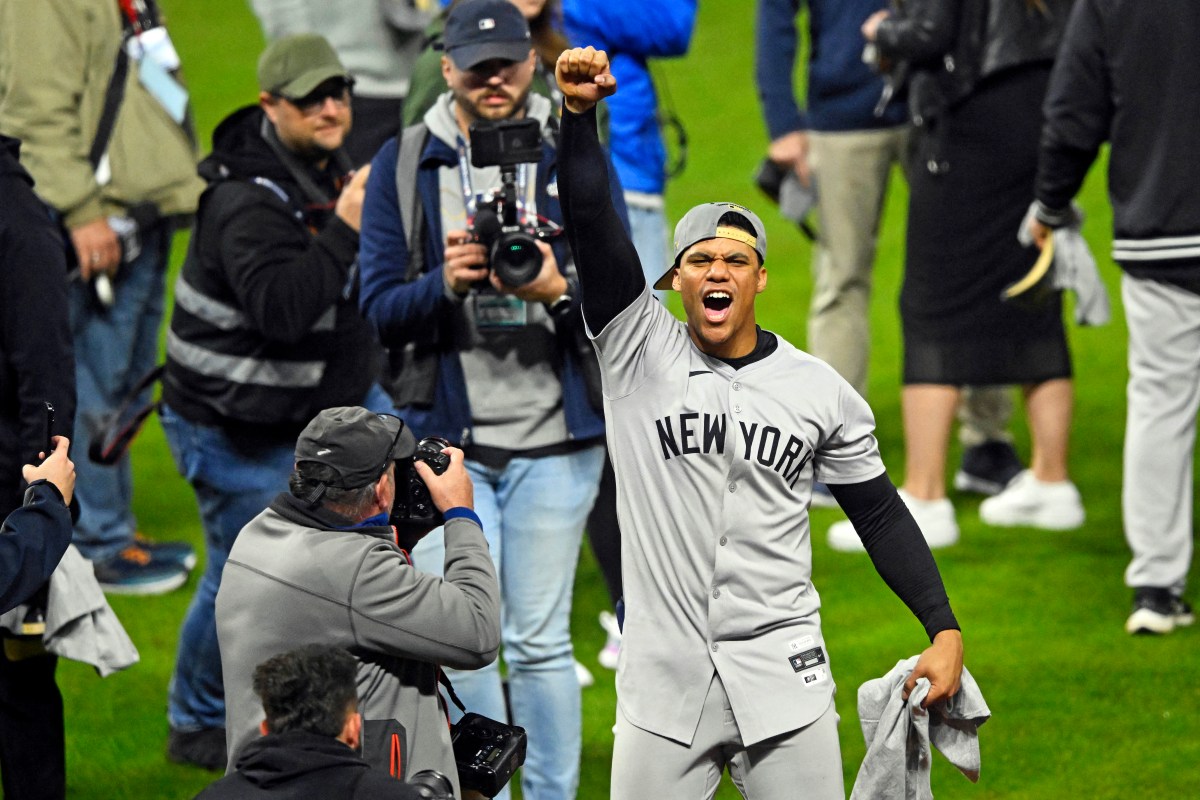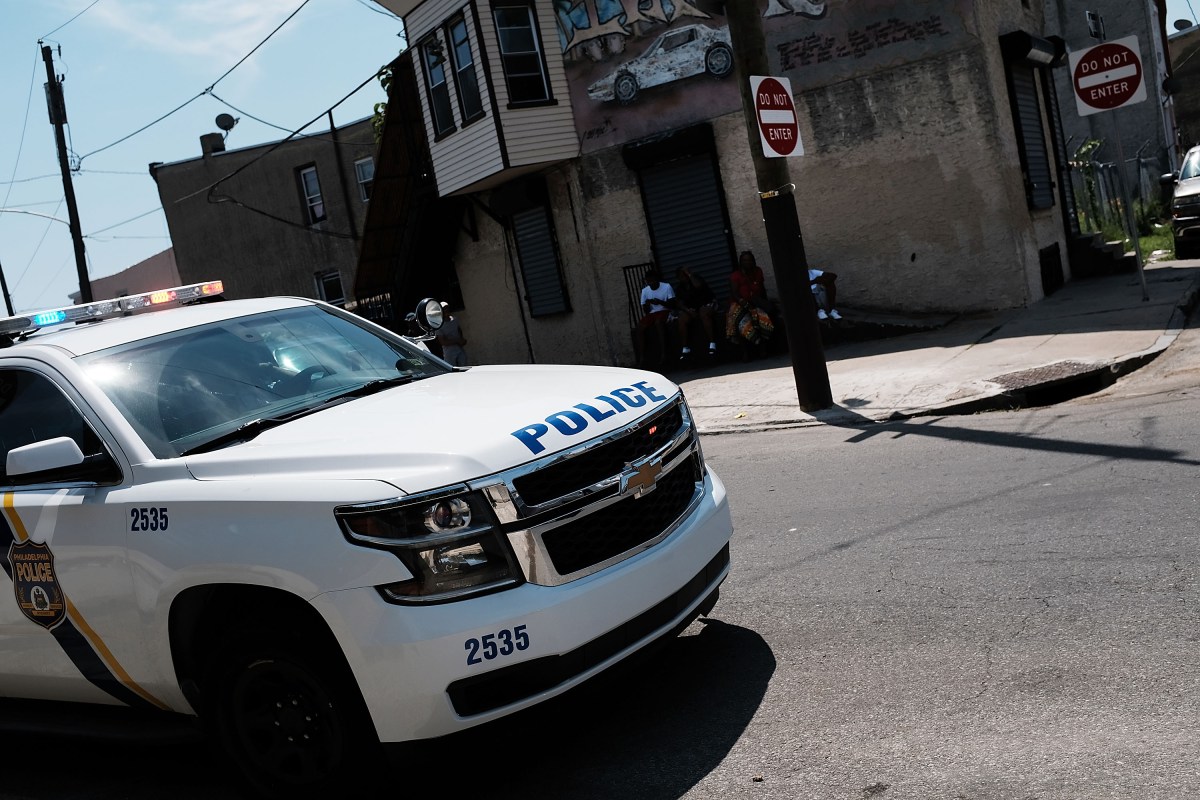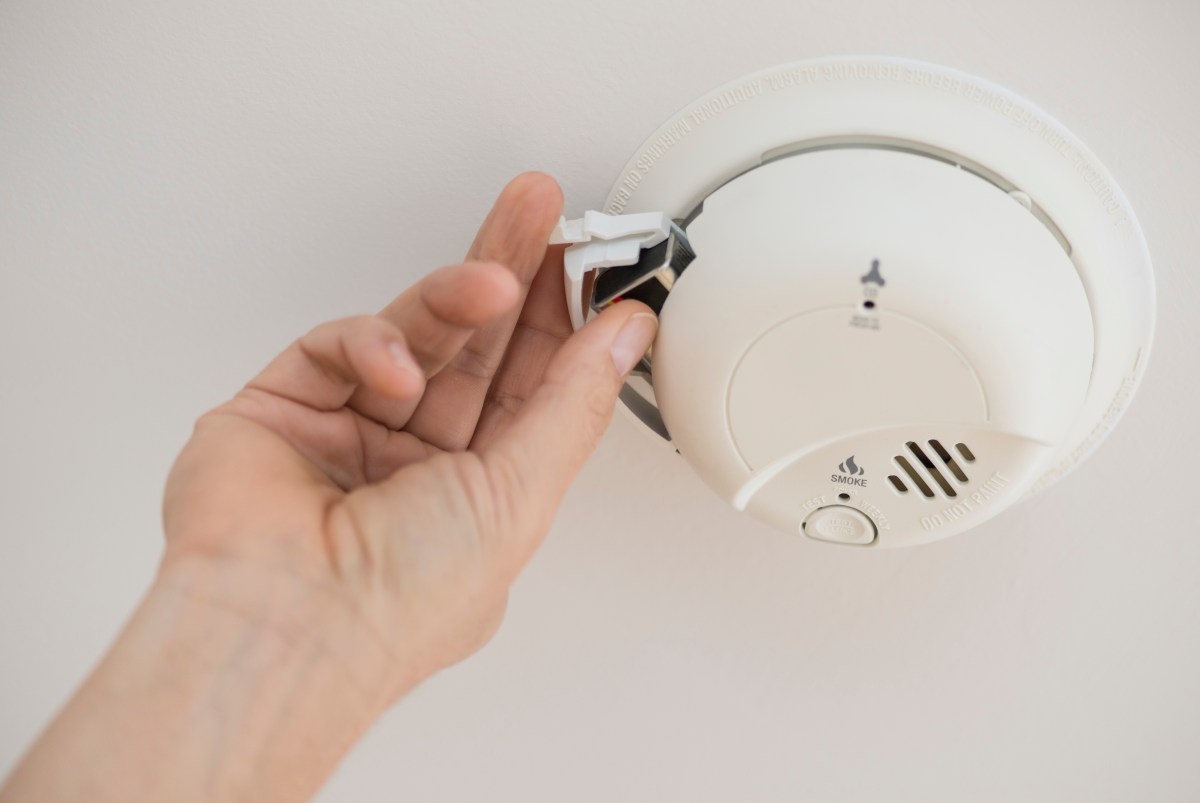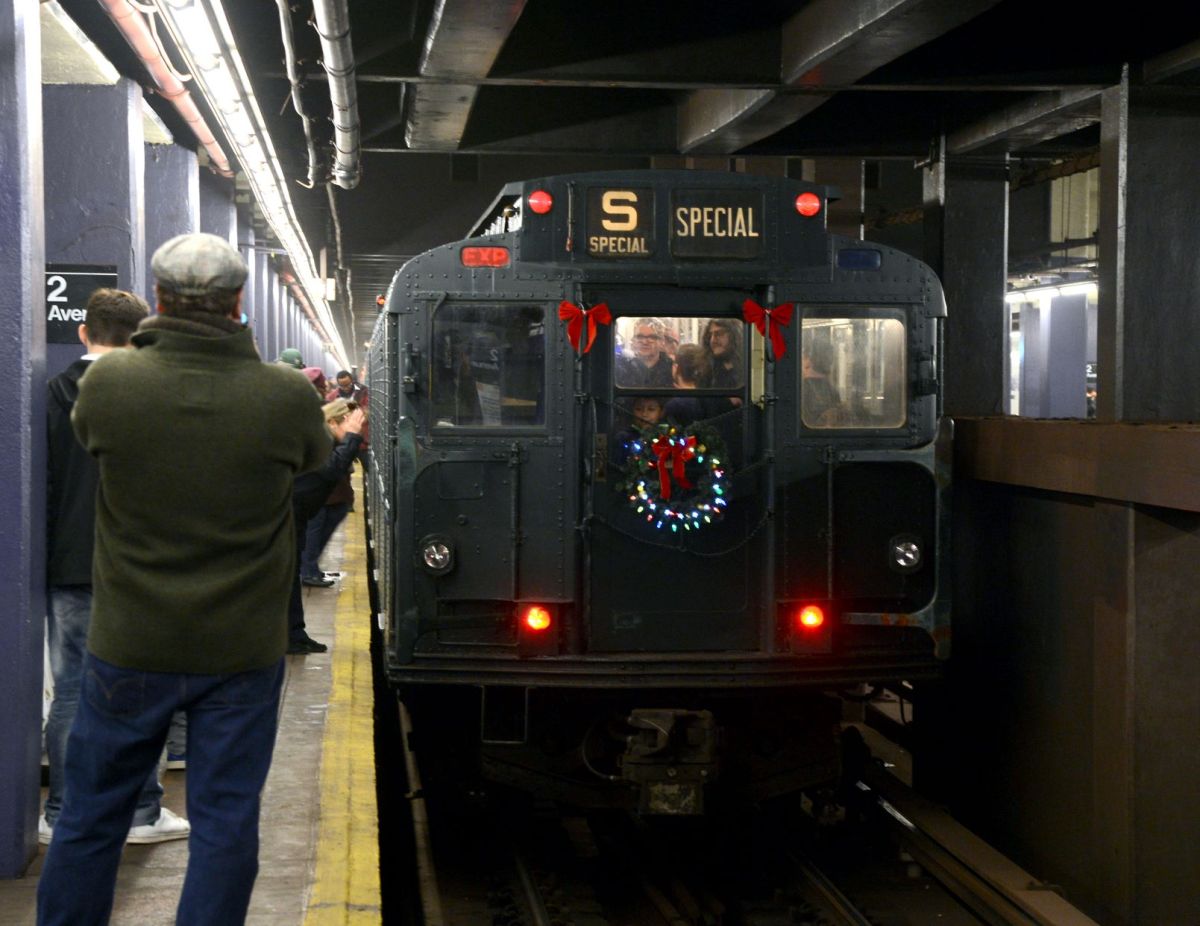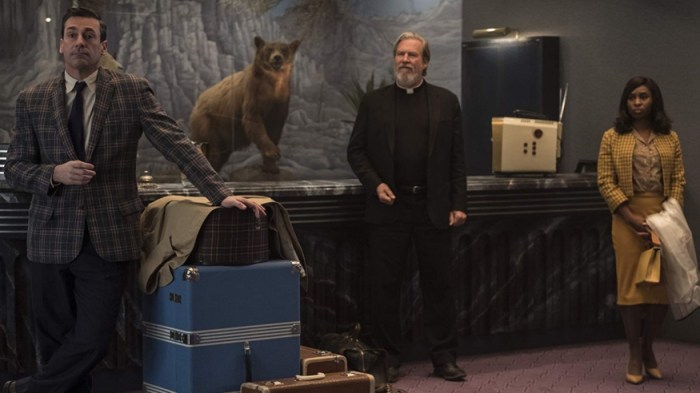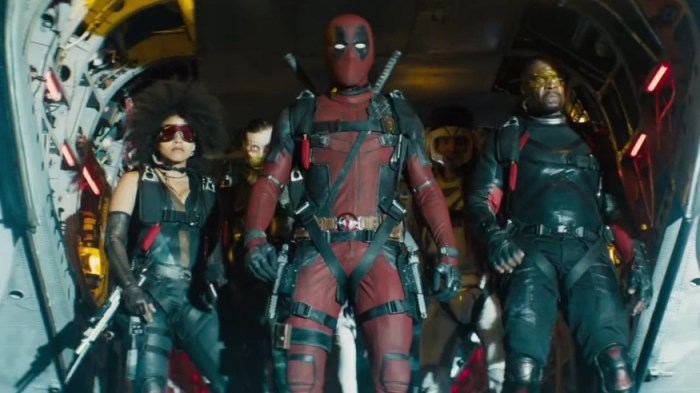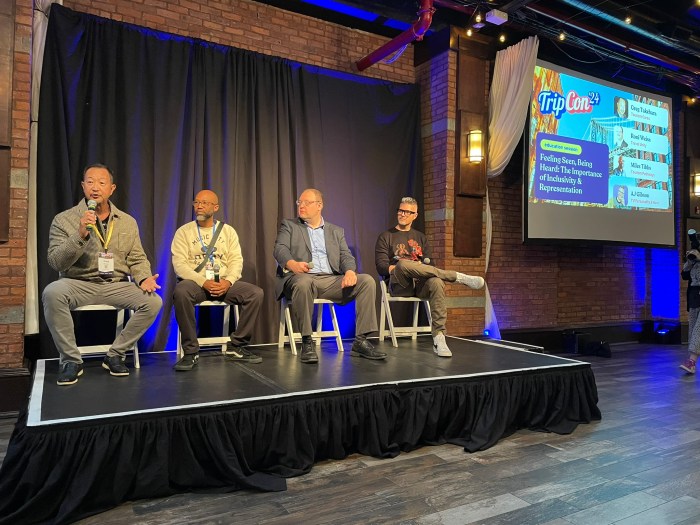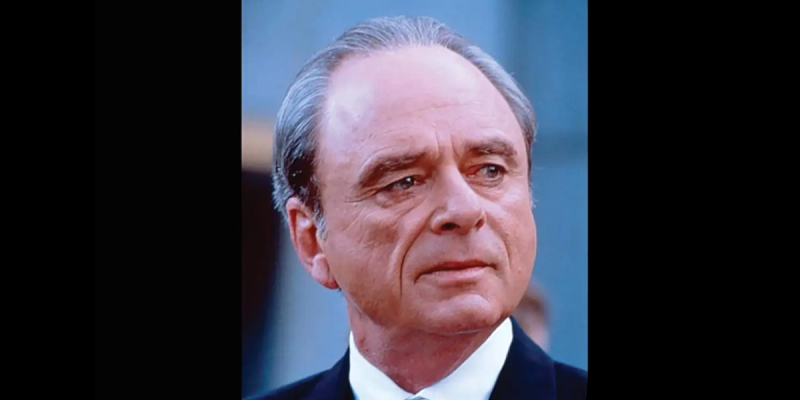Drew Goddard has opened up about creating Bad Times At The El Royale, revealing that the titular hotel isn’t based on any one specific place but is instead an amalgamation of several different establishments from the 1960s.
“There’s the Cal Neva. Which is on the border of California and Nevada,” explained Goddard over the phone.
“Then there are several examples of voyeuristic hotels that I took inspiration from. It was very important to me that the hotel was grown on its own.”
“That it was its own character. The setting and the environment was just as important as the other characters in the film, I wanted the hotel to have its own life.”
Creating the hotel was obviously a key part of “Bad Times At The El Royale’s” production, especially because during one of the opening scenes of the film Goddard knew that he wanted a character to be able to walk through it in one-shot so that he can learn about the other guests.
“That required a tremendous amount of effort to get it right, especially because I didn’t want to cut. It took about 8 months to figure out that shot. Because we had to built the entire set around that shot.”
“It was so complicated because there are so many reflections in that shot. Combined with Cynthia singing live throughout the entire scene, that made it a logistical nightmare. But it was really satisfying when it all came together.”
One of the standout aspects of “Bad Times At The El Royale” is Goddard’s music selection, and he was more than happy to break down his process for picking which songs went into the film during our discussion.
“I tend to just immerse myself in the time period. I love specifically the music of the 60s, which was the major jumping off point for me.”
“I think I actually started to listening to that before I had the plot. The story is very much structured around the songs of the time. The movie is actually about the music and the act of making it.”
“So I started there, and then let the emotion of the music dictate the plot of the movie.”
“It is one of my favorite parts of the job, immersing myself in the music. So I would just start by playing my records and figure out which songs suited the emotional tone of the film.”
“In particular with the character of Dianne Sweet, who is a lounge singer, the character is designed that she doesn’t really show her emotions in dialogue. Her emotions only come out when she is singing.”
“So with the songs for her they were picked to show what she is going through. So I was looking for songs that matched up with that.”
“But I really try to think of my musical choices before we go into production. I wrote the movie on spec and I wrote every song choice into the script. At times down to the lyrics, I almost treated it like dialogue so that we could be precise.”
“There are some sequences where the edit is every much timed to those songs and we played the songs during shooting so that the actors and the cameramen could get the rhythm of what we were trying to do. It was very much 60s music bootcamp for all of us as we made it.”
But why does Goddard believe that the 1960s is so rife for storytellers?
“The 60s are fascinating for a variety of reasons. I think it is this mixture of intense political turmoil, like we saw in that 5 year period where JFK, RFK and Martin Luther King are all assassinated publicly.”
“Then Nixon took over. So there was a societal whiplash. Then there was a renaissance of pop music, where artists revolutionizing the soundscape of the time.”
“The combination of the dark and light side is certainly very fertile stuff, it is what great drama is made of and that is what I wanted to explore with the movie.”
“Bad Times At The El Royale” is now in cinemas.

